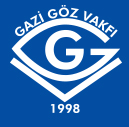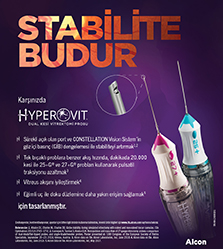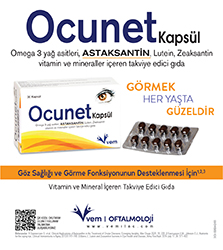Retina-Vitreous
2004 , Vol 12 , Num 3
Subfoveal Choroidal Neovascular Membrane Excision in Probable Vogt-Koyanagi-Harada Syndrome
Ondokuz Mayıs Üniversitesi Tıp Fakültesi Göz Hastalıkları A.D., Samsun.
Choroidal neovascular membrane (CNM) development in probable Vogt-Koyanagi-Harada (VKH) syndrome is a complication that causes severe visual loss. CNM developed in left eye of a 44 year-old man patient with presumed VKH. Visual acuity was finger count in 1 meter. Serous macular exudation, fibrotic subfoveal CNM and generalize depigmentation were observed in fundus examination. CNM was excised with submacular surgery. Best postoperative visual acuity was 0.05 although pigment epithelium and choriocapillaris atrophy. Last postoperative visual acuity was 0.05 in postoperative 36 months follow-up period. Excision of subfoveal CNM may be useful for visual prognosis in VKH.
Keywords :
Choroidal neovascular membrane, submacular surgery, Vogt-Koyanagi-Harada syndrome.




